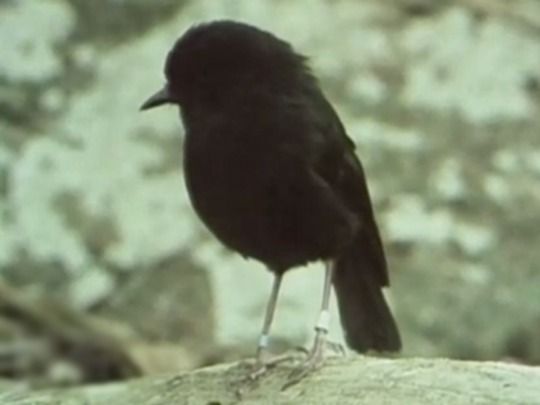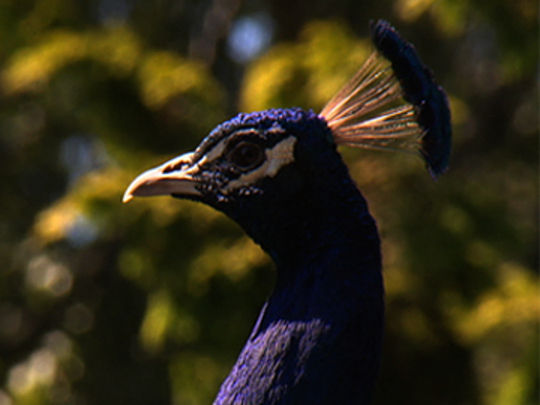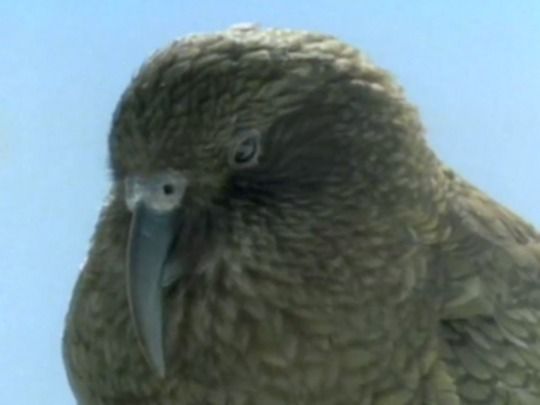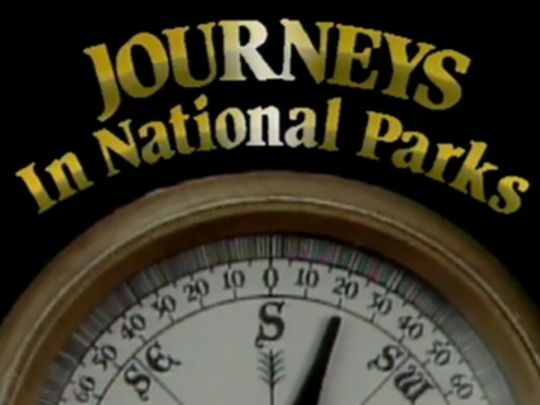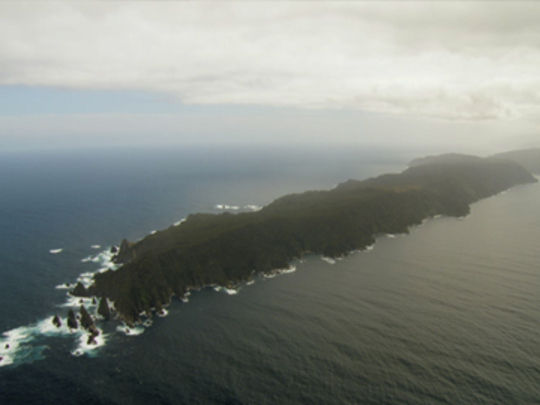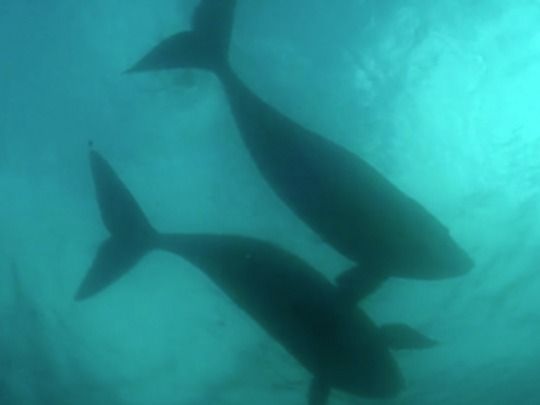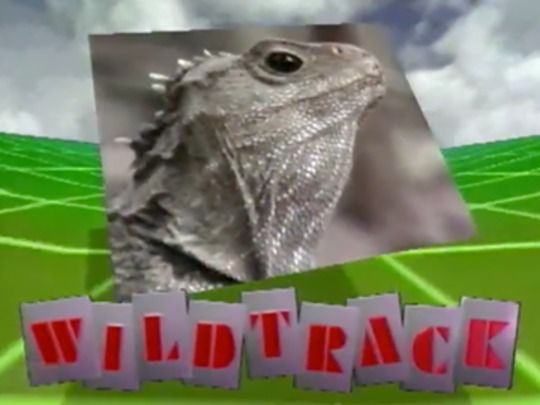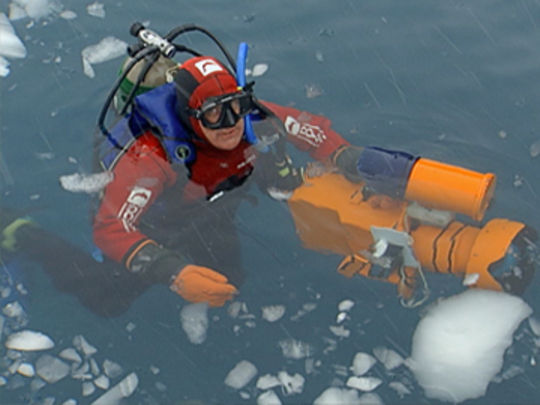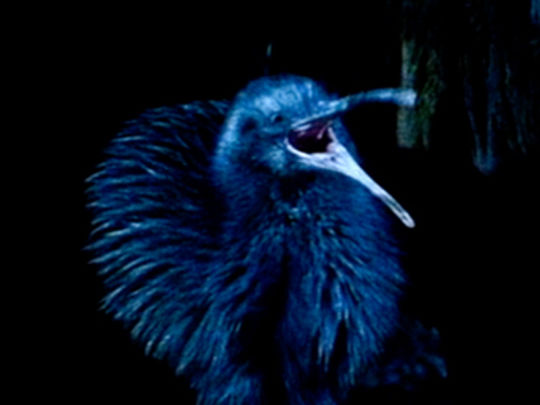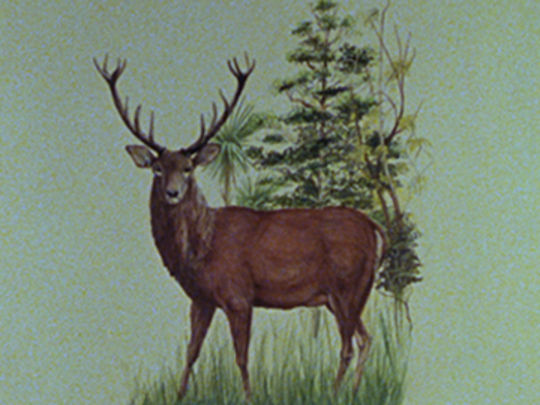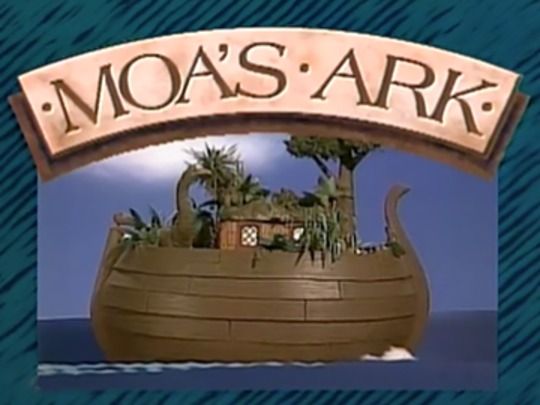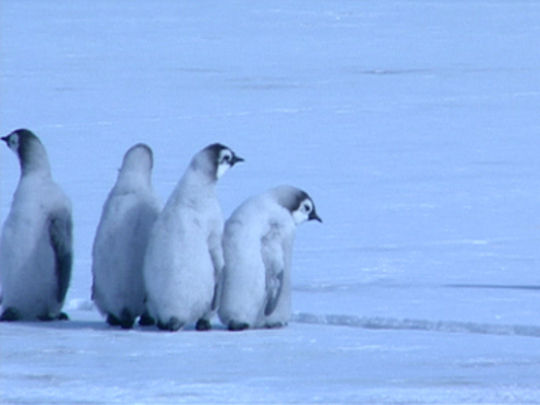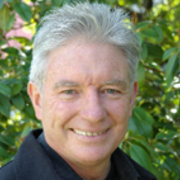The Nature Collection
Wild on Screen
Why is New Zealand's wildlife so unique, so bizarre? Kiwi filmmakers have been answering that question for over half a century. And you will enjoy many of their journeys of discovery in this fine collection of films.
Our National Film Unit first put nature on cinema screens as short features before the real movies (titles included Wildlife of the Mountains and New Zealand Mirror).
Then along came television. The Natural History Unit was born in Dunedin sometime around 1977. Their first nature documentary was series Hidden Places, which included this Ōkārito episode. Around the same time, Bruce Morrison directed an action packed doco about Red Deer hunting, capture and farming.
1981 saw the first series of Wild South, which I was lucky enough to be part of. I loved writing and listening to the amazing Island of Strange Noises. Most of the early docos featured birds that were close to extinction. The message that underlay films like Project Takahē and The Black Stilt was that without urgent help, the films could be these species epitaph!
Thankfully this did not happen. The Department of Conservation (DOC) has many conservation heroes, but one of the first was Don Merton. He led expeditions to save endangered species that can be seen in Kākāpō – Night Parrot; and Seven Black Robins, which featured Old Blue, a female who saved her species, and became a 'star'.
Rod Morris has made many revealing and innovative documentaries. One of his early films was kōkako doco Song of Protest, which also featured the music of Hirini Melbourne. Rod's toughest assignment was filming Kea - Mountain Parrot. High country farmers accuse kea of being sheep killers. Rod wanted to prove whether this was true or not. After many nights in the mountains, using infrared cameras to ‘see’ in the dark, he got the shot. Verdict: guilty as charged.
A more recent and lighthearted series on the eccentric and oddball birds of Aotearoa was Birdland, hosted with fun and style by Jeremy Wells.
The Southern Alps can be an extreme and dangerous place to film. But Antarctica defines 'extreme'. One of NHNZ's first Antarctic films was Under the Ice. The crew had to overcome extreme cold, frozen equipment and a near vertical learning curve! Almost as challenging was a midwinter journey producer Max Quinn and co made in total darkness, to film Emperors of Antarctica. Later, Quinn shuttled between the Arctic and Antarctic for Ice Worlds – Life in the Fridge.
Producer/cameraman Mike Single has clocked up 30 visits to Antarctica. His Solid Water Liquid Rock contrasted the ice world with a nearby active volcano, Mount Erebus. Single on Ice was a personal adventure on the ice continent.
In the 80s and early 90s, younger viewers had their own nature show, Wildtrack. Some fans grew up to become biologists, conservationists, activists and nature lovers. Some even became Park Rangers and TV presenters. In the 2009 Conservation Week special of Meet the Locals, you may recognize talented Nicola Toki, now working as DOC’s Threatened Species Ambassador.
Back in the 1980s, families would sit down and watch television together! Imagine that? On Sunday nights, Our World was appointment viewing. In 1984 audiences tuned in to Journeys Across Latitude 45 South in which I walked, hitched, rode and rowed across the South Island, to show its amazingly rich and varied life and landscapes.
Many great films are about landscapes. Castles of the Underworld revealed the hidden world of limestone caves. Limestone forms under the sea, which means that a lot of this land was once drowned. This is just one of the catastrophes that these 'shaky islands' have endured.
Fiordland was created by the grinding power of ice age glaciers. Mirrorworld shows that what the ice has left behind is only half the story. Under the surface — too deep to dive — a robot camera reveals that nature 'mirrors' the brilliant patterns and processes above.
If Aotearoa isn’t being shaken, drowned, ground away by ice or being hit by any other kind of calamity, then you can always rely on our Wicked Weather to give you some drama in your life.
On a gentler note, we love films about the family lives of animals. The Lost Whales shows Southern Right whales in their secret calving grounds around our subantarctic islands. In A Whale Out My Window, naturalist Ramari Stewart, whose ancestors harpooned these whales, makes peace and learns much from these magnificent creatures.
Ever since human arrivals, Aotearoa has been under attack. We brought kiore, rabbits, possums and stoats. Other nasties, like wasps, came uninvited. In Bandits of the Beech Forest, we see the chaos they have caused. We caused the chaos of destroying over 90% of our kauri forests. But Song of the Kauri is a celebration of these mighty trees, showing their glory, and the amazing potential of their timber to produce beautiful guitars and violins…and great music too.
Hirini Melbourne’s music and tribal legends are used in contrast to the science stories told in Ghosts of Gondwana. This is a unique journey into the night-time world of New Zealand's ancient forests.
To mark 100 years since the gift of Tongariro National Park to New Zealand — by Chief Te Heuheu Tukino — NHNZ produced Journeys in National Parks. This series told stories of people living and working in our parks. A highlight was working with director Barry Barclay on episode 'Te Urewera'. For Tūhoe people, the forest is a protector, a larder, a pharmacy and more. I spoke little, listened a lot, and learnt so much.
If you are looking for films that offer a broader perspective of the nature of Aotearoa, here are a couple of great suggestions:
— In 1990 English botanist/TV presenter David Bellamy hosted series Moa's Ark. In six weeks we traversed all of New Zealand, and told many great stories. His favourite place was Whirinaki Forest, seen in episode 'Stamp of the Giants'. Whirinaki was where protestors camped high in the branches of mighty podocarps to prevent them being cut down.
— In 2005 NHNZ produced Primeval New Zealand. Hosted by Peter Elliott, it investigates how our weirdly iconic species evolved in the face of long isolation and a chaotic landscape. Computer graphics from Weta Workshop create cool extinct creatures.
— Young wildlife filmmakers from Otago University's Centre of Science Communication are producing some great short films. One that I liked had a most unlikely subject: an extinct plant. The filmmakers of award-winner Exhuming Adams told the story as a CSI type investigation.
I’m sure this new breed of filmmakers will go on to reveal new answers to the big question — why is New Zealand's natural world so special?
- Peter Hayden, MNZOM, studied animal physiology at Massey University. In the late 1970s he was called on by state television's newly born Natural History Unit to "write a couple of scripts ... I forgot to leave". By the time Hayden left NHNZ in 2012, he'd worked on more than 30 nature documentaries, and won awards for both writing and acting.
